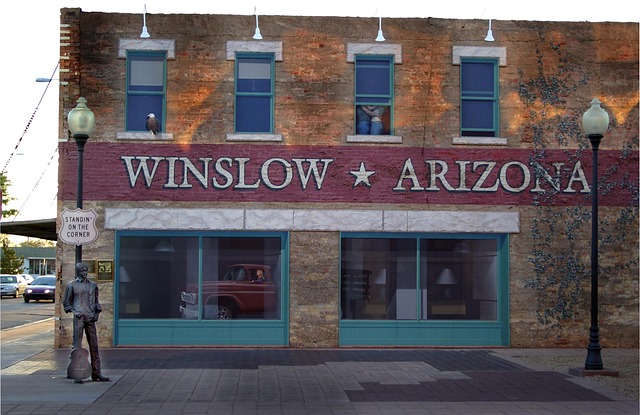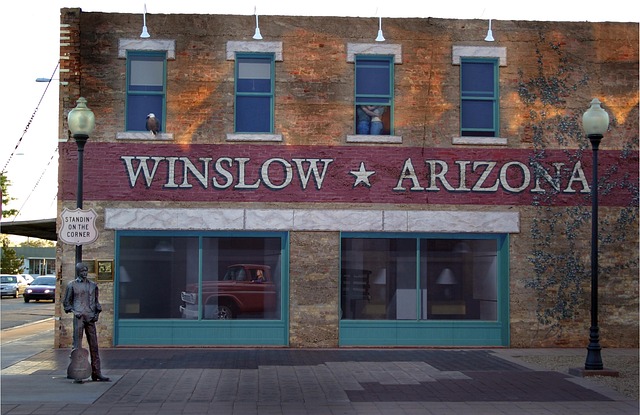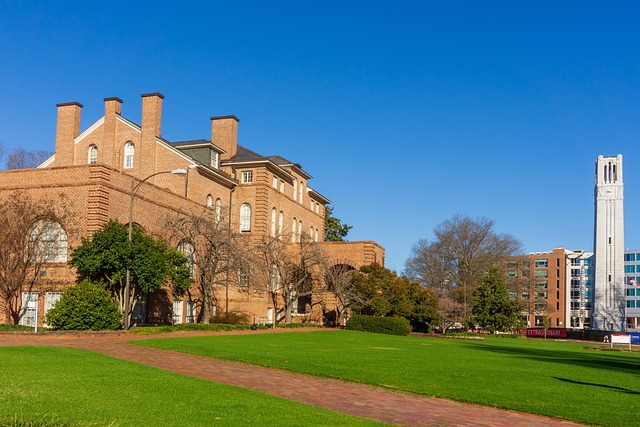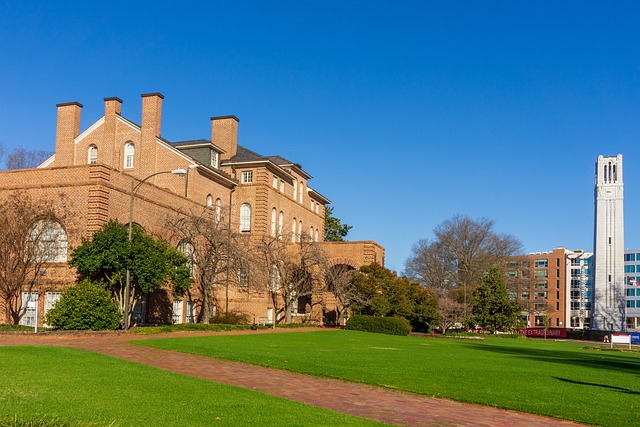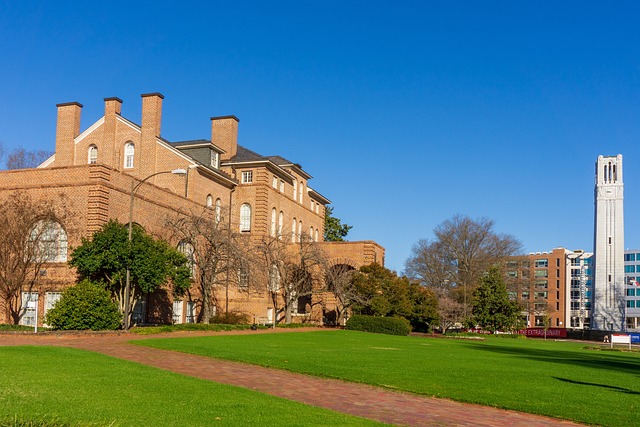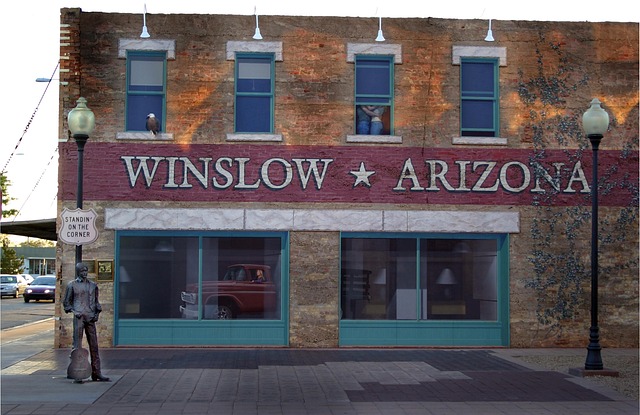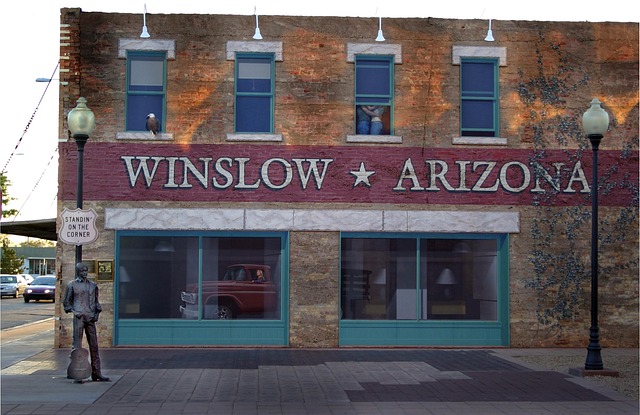Cultural references and landmarks significantly influence tourism choices and drive investment in local real estate. Authentic cultural experiences, from historical sites to regional cuisine, attract visitors who contribute to economic growth through increased accommodation, dining, and entertainment spending. This benefits both tourists and locals by preserving and showcasing diverse cultural tapestries. While cultural tourism can boost property values and create economic opportunities, strategic planning is crucial to prevent gentrification and maintain community affordability.
Tourism, beyond scenic landscapes, is increasingly fueled by cultural references. From iconic landmarks to vibrant festivals, these elements shape travelers’ preferences and destination choices. This article explores the compelling role of cultural references in tourism, focusing on how they attract visitors and impact local real estate markets. We delve into the magnetism of cultural landmarks and events, analyzing their economic ripple effects on communities, providing insights for marketers and developers alike.
The Role of Cultural References in Tourism Destination Selection
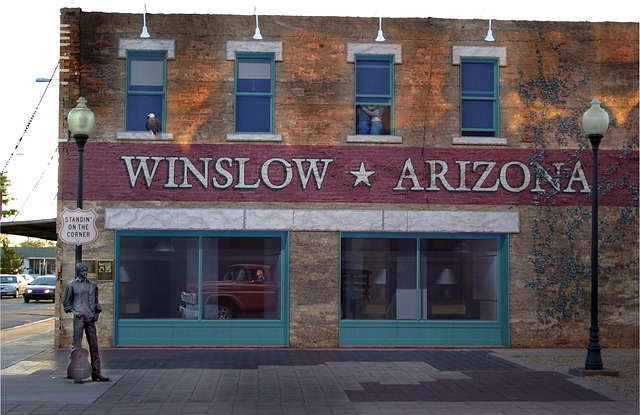
Cultural references play a significant role in shaping tourists’ preferences and destination selection, often driving their travel choices. When visitors seek out specific cultural experiences, they are drawn to destinations that offer authentic representations of history, art, cuisine, and traditional practices. These cultural elements act as unique selling points, attracting tourists interested in immersing themselves in different ways of life. For instance, a tourist might choose to visit a country renowned for its rich literary heritage, aiming to walk in the footsteps of celebrated authors or explore museums dedicated to their works.
In the context of real estate, this cultural allure can significantly impact tourism infrastructure and development. Destinations that effectively market and preserve their cultural references often see increased investment in accommodation, dining, and entertainment venues designed to cater to diverse tourist interests. As a result, local communities benefit from economic opportunities while tourists gain access to immersive experiences that enhance their travel memories.
How Cultural Landmarks and Events Attract Tourists to Specific Areas
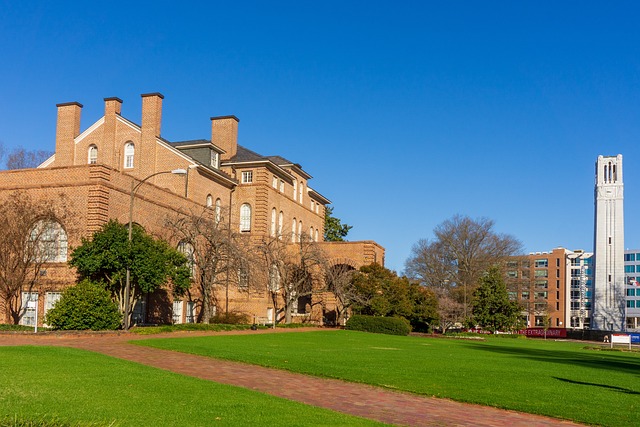
Cultural landmarks and events play a pivotal role in attracting tourists, becoming the magnetic pull that draws folks to specific areas. These iconic sites offer visitors a glimpse into the rich history and unique identity of a place, fostering an immersive experience that goes beyond typical travel itineraries. From ancient temples and museums showcasing artistic masterpieces to vibrant festivals celebrating local traditions, these cultural attractions are the linchpins of successful tourism strategies.
In the realm of real estate, this cultural allure translates into significant economic benefits for surrounding communities. Well-preserved historical sites and event venues can drive substantial foot traffic, boost local businesses, and enhance the overall appeal of an area, making it a desirable destination for both tourists and potential residents alike.
Understanding the Economic Impact of Cultural Tourism on Local Real Estate Markets
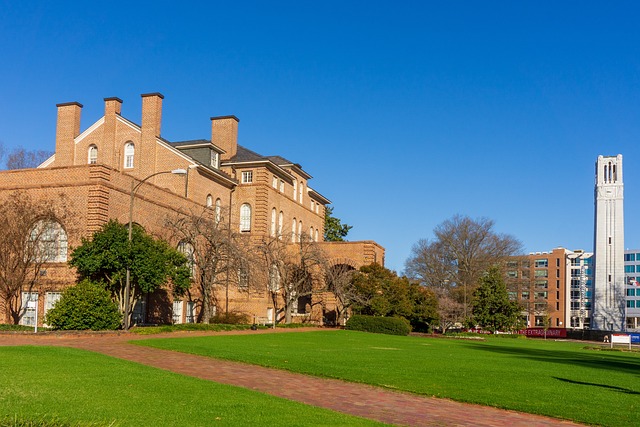
The influx of tourists seeking cultural experiences can significantly influence local real estate markets, creating both opportunities and challenges. When visitors are captivated by a region’s unique cultural heritage, they often translate that fascination into demand for properties in those areas. This dynamic can lead to increased property values and rental rates, attracting investors who recognize the potential for capital appreciation. The economic ripple effect can be substantial, as real estate becomes an essential component of the local economy, generating revenue through sales, rentals, and associated services.
However, this popularity also poses risks. Rapidly rising real estate prices might make housing less affordable for long-term residents, potentially leading to gentrification issues. Balancing cultural tourism’s economic benefits with the need to preserve affordability and community character is a delicate task for urban planners and policymakers. Strategies such as strategic land use planning, inclusive zoning, and carefully managed development can help ensure that cultural tourism contributes positively to local real estate markets while mitigating potential negative impacts.
